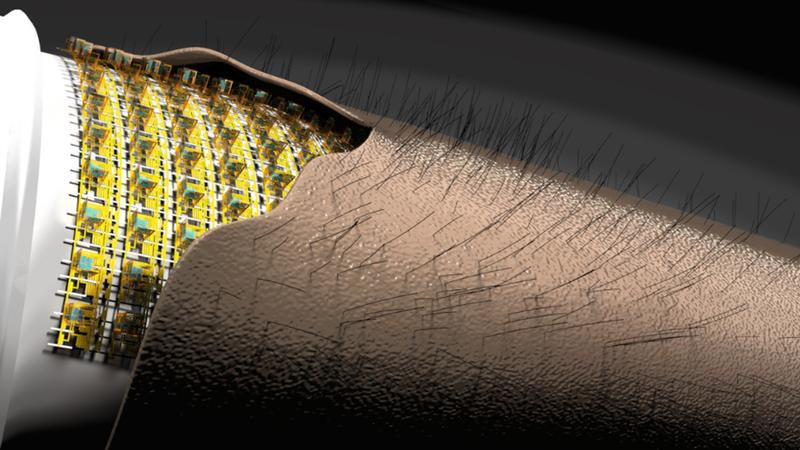
A research team from Chemnitz and Dresden has taken a major step forward in the development of sensitive electronic skin (e-skin) with integrated artificial hairs. E-skins are flexible electronic systems that try to mimic the sensitivity of their natural human skin counterparts. Applications range from skin replacement and medical sensors on the body to artificial skin for humanoid robots and androids. Tiny surface hairs can perceive and anticipate the slightest tactile sensation on human skin and even recognize the direction of touch...
Read More








Recent Comments